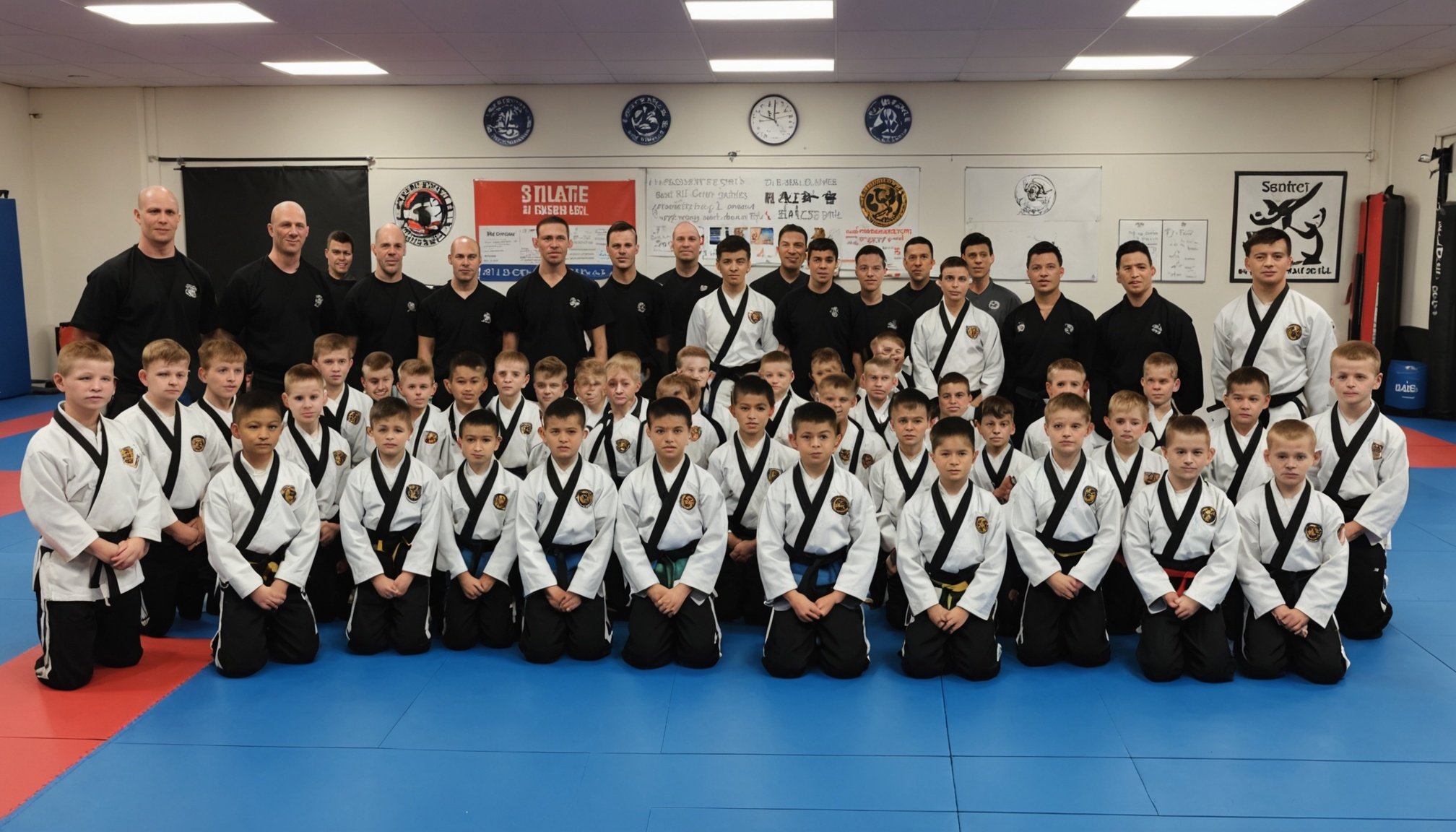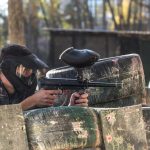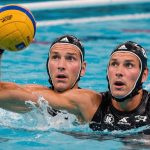Understanding the Importance of a Supportive Learning Environment
In the realm of martial arts pedagogy, a supportive learning environment is pivotal for student success. Creating such an atmosphere not only encourages students but also enhances their engagement levels, fostering a deeper connection with the art form. When students feel secure and understood, their willingness to take risks in their learning process increases significantly, propelling their skills to new heights.
One of the core elements of this environment is the use of positive reinforcement. Praising and acknowledging achievements, no matter how small, can create a ripple effect of motivation. In martial arts, this approach encourages students to strive for improvement, enhances their self-esteem, and contributes to a more cohesive class dynamic. Consistent encouragement cultivates an atmosphere of trust, critical for effective learning and progression.
Additional reading : Unlocking Explosiveness: A Guide for UK MMA Fighters on Integrating Plyometric Workouts
Culturally, especially in the UK, tailoring a supportive learning environment involves understanding the diverse backgrounds students come from. It is essential to adapt teaching methods to be inclusive and appreciative of different cultural values. Addressing cultural distinctions in a pedagogical framework ensures that all students feel respected and valued, which is indispensable to their growth and development in martial arts training. Recognising cultural cues can make the difference between a student feeling included and alienated.
Strategies for Building an Inclusive Atmosphere
Creating a welcoming environment in martial arts is crucial for nurturing diversity. Recognising and celebrating diverse backgrounds within classes can begin with acknowledging each student’s unique journey and cultural heritage. This not only enriches the learning experience but strengthens the connection among participants, fostering a more inclusive setting.
This might interest you : Mastering Sweep Techniques: Essential Tips for UK Sanda Practitioners to Elevate Their Skills
An essential component of inclusivity strategies is establishing open communication between instructors and students. This can be achieved by instituting regular feedback sessions where students feel heard and valued. It is critical that instructors remain approachable, encouraging students to voice their thoughts and concerns without fear of judgement.
Moreover, fostering a sense of belonging is a powerful way to enhance community engagement. Team-building activities serve as an excellent tool to break down barriers and promote camaraderie. Whether through group drills, collaborative challenges, or social events outside the dojo, these activities help forge unified and supportive relationships.
Integrating these diverse strategies into martial arts training not only benefits students but also emboldens the institution itself, creating a vibrant and supportive community. By prioritising diversity in martial arts, instructors contribute to nurturing a dynamic, inclusive atmosphere that celebrates uniqueness while promoting respect and understanding.
Classroom Management Techniques for Martial Arts Instructors
Incorporating effective classroom management strategies is essential for martial arts instructors to maintain an engaging learning environment. Implementing clear rules and expectations for behaviour right from the start helps establish a framework within which students understand their roles and responsibilities. This proactive step sets boundaries and supports a respectful atmosphere, ensuring that the students can focus on their learning.
Utilising positive discipline strategies can further enhance the classroom dynamics. Instead of solely focusing on punishment, encourage desired behaviour by rewarding student achievements and improvements, such as through praise or recognition. These strategies foster motivation and commitment, helping students feel valued and understood.
Instructional techniques must also include methods for addressing conflicts among students effectively. During such moments, instructors should act as mediators, guiding discussions to identify underlying issues and encouraging students to find amicable solutions. Promoting empathy and communication skills is key in these situations, as it teaches students to value different perspectives.
Moreover, adopting behaviour management strategies that are consistent and fair can create a sense of security among students. Martial arts settings provide unique opportunities for teaching discipline, respect, and focus; tapping into this through structured management strategies can profoundly impact both individual and group progress.
Enhancing Student Engagement and Motivation
Cultivating student engagement and motivation within martial arts training requires thoughtful strategies and an adaptable approach. Setting achievable goals is pivotal. Students thrive when their progress is visible and tangible, such as mastering a new technique or earning the next belt. This can significantly enhance their dedication and sense of accomplishment, fostering continuous improvement and retention in classes.
To maintain student interest, varied teaching methods play a crucial role. By incorporating different styles of instruction—such as partner drills, solo exercises, and interactive discussions—students remain engaged and less likely to experience burnout. These motivation strategies not only keep classes exciting but also cater to diverse learning preferences, which can lead to improved overall student satisfaction.
Furthermore, listening to and incorporating student feedback is critical for creating a dynamic and positive class environment. Students often have valuable insights into what keeps them motivated and how their learning experience can be enhanced. Facilitating regular feedback sessions allows instructors to adapt their teaching techniques and address student concerns effectively. This practice not only demonstrates a commitment to student success but also empowers learners by giving them a voice in shaping their martial arts journey.
Safety Considerations in Martial Arts Training
Understanding safety protocols is crucial when practising martial arts to minimise risks and enhance injury prevention. In the UK, regulations ensure martial arts are conducted safely, complying with national standards for sport disciplines. These regulations encompass risk management strategies, focusing on structuring training environments to mitigate potential hazards.
Creating a safe training environment begins with appropriate equipment and space arrangements. For example, choosing mats that cushion falls and installing safety mirrors can significantly reduce injury risk. Adequate spacing between participants helps prevent accidental collisions during intense training sessions.
Regular safety briefings are a vital component of injury prevention. These briefings keep everyone informed about existing risks and refreshed on the latest safety protocols. They often include demonstrations of proper techniques and equipment usage, which are essential for injury avoidance.
Compiling a comprehensive risk management plan can further bolster safety. Trainers could perform frequent checks on gear conditions and ensure all practitioners maintain proper form. This vigilance creates an atmosphere where safety considerations are woven into the martial arts culture, reinforcing the importance of preserving one’s well-being while training.
Ultimately, an emphasis on injury prevention tactics and strict adherence to safety protocols fosters a safe and confident environment for martial arts practitioners.
Providing Psychological Support for Students
In the realm of martial arts, addressing psychological support for students is paramount. Recognising and addressing mental health needs can significantly enhance their training experience. One effective strategy involves creating environments where students feel comfortable discussing their mental well-being. This could include regular check-ins or providing access to mental health professionals.
Incorporating mindfulness is another crucial element. Mindfulness exercises encourage students to live in the present, thereby reducing anxiety and stress. These practices can be seamlessly integrated into martial arts routines, allowing participants to achieve mental clarity and emotional balance alongside physical strength.
To reinforce emotional resilience, martial arts can introduce challenging training scenarios. Such experiences compel students to face difficult situations, developing mental toughness and coping mechanisms. When students repeatedly overcome adversity in a controlled environment, this resilience often translates well beyond the dojo, preparing them for various life challenges.
Building emotional strength is a partnership between instructors and students. Educators can enhance psychological support by leading with empathy and understanding, which are vital for fostering an open atmosphere. By prioritising these aspects, trainers ensure that the martial arts experience is comprehensive, catering not just to the physical but also the mental well-being of students.
Feedback and Continuous Improvement
Engaging in continuous improvement is critical for educators dedicated to enhancing their instructional approaches. Seeking instructor feedback from students and parents forms a cornerstone in this process. By gathering and analysing student and parent insights, teachers can pinpoint strengths and areas needing enhancement. This enables educators to fine-tune their methods, ensuring they meet diverse learning needs effectively.
Moreover, program evaluation plays a vital role in assessing the effectiveness of teaching strategies. Educators can employ various techniques such as surveys, interviews, and classroom observations to gauge how well their methods resonate with students. These insights not only highlight successful strategies but also reveal areas requiring revision or new approaches, ultimately fostering a more responsive and effective learning environment.
Professional development is equally essential in the journey of continuous improvement. Engaging in workshops, courses, and seminars offers educators fresh perspectives and innovative techniques to enhance their teaching toolkit. By embracing lifelong learning, educators can adapt to evolving educational demands and maintain excellence in their practice. In summary, a commitment to continuous improvement—driven by feedback, program evaluation, and professional growth—enables educators to cultivate an enriching and effective educational experience.











